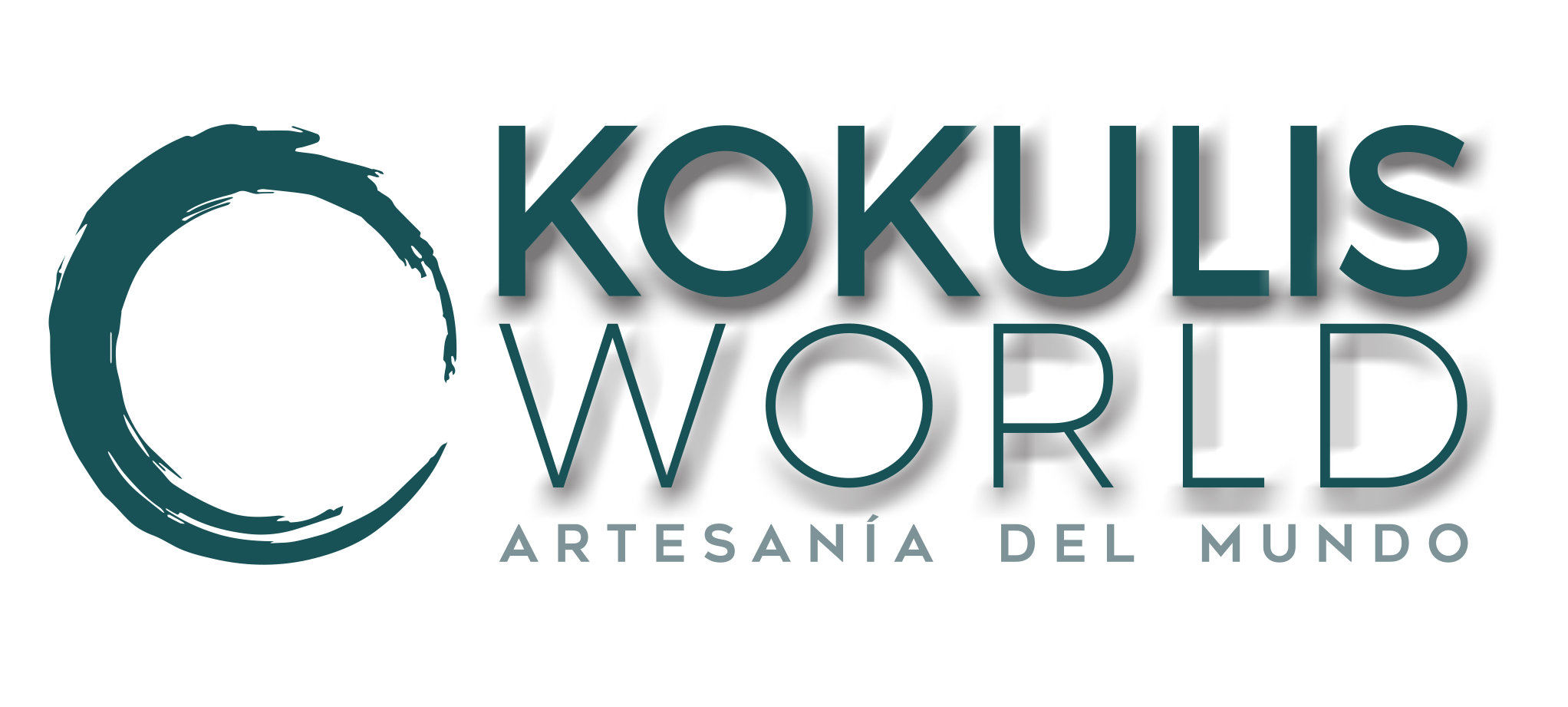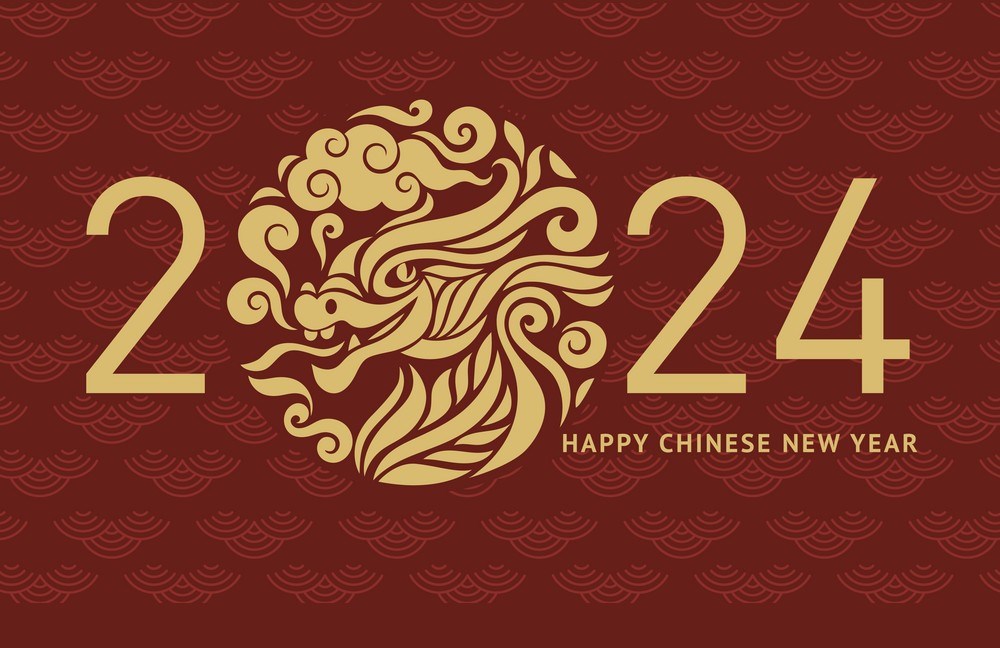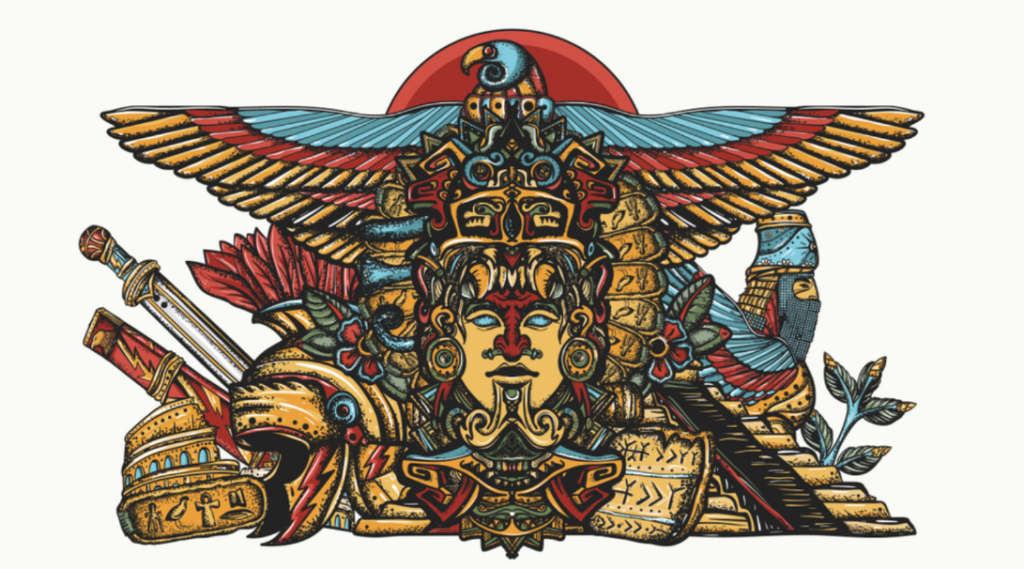
Brief history of the Pre-Columbians civilizations
Pre- Columbians: the first civilizationes
In our collective imagination the first contact between Europens reaching the Americas and the Nativa tribes that lived in those territories depends on the representations that we have absorbed on this side of the Atlantic. Accoring to the European perspective we reached the other side of the Ocean bringing civilization and progress to tribes absolutely devoid of any significative cultural reference
Many are the paintings in which the first sailors were painted while disembarking and dazzling those who cautiously greeted them with mirrors and beads; many movies have also perpetrated this cliché, to making us believe that this was the true history of South America in the XV Century.
Now that many historians have have deepened anthropological and historical studies, we know that things were not so. We know that many extraordinary cultures had flourished in the Pre-Columbian Americas, all very different among them, but all very developed, although not according to typical European standards. In fact the contact with the Europeans created the premises for the loss of the characteristic and original features of all these cultures, up to their disappearance.
Pre-Columbian Americas were rich in different ethnies, some of them very old, dating back to 12.000 bC.
THE OLMECS
Historians agree that the first Mesoamerican cvilization that served as an inspiring source for the ones to come was that of the Olmecs. Born around the XV Century bC. in today’s south-central Mexico, this culture controlled all this area until 400 bC. Its name derives from an aztec word, meaning “rubber people”, a name that used to indicate that they mastered the art of extracting rubber from the trees.
The Olmecs decided to settle in this area, as they saw the exceptional fertility of the soil, that permit corn cultivations. It is also believed that the Olmec adapted a complicated writing system, but to this day no inscripted objects have been recovered, even though the nearby populations recorded this. With the passing of time, population grew to the point of creating real cities. According to archaeologists the most important of all was La Venta, in the Mexican state of Tabasco.
This civilisation ended with the arrival of Maya and Zapotecas.
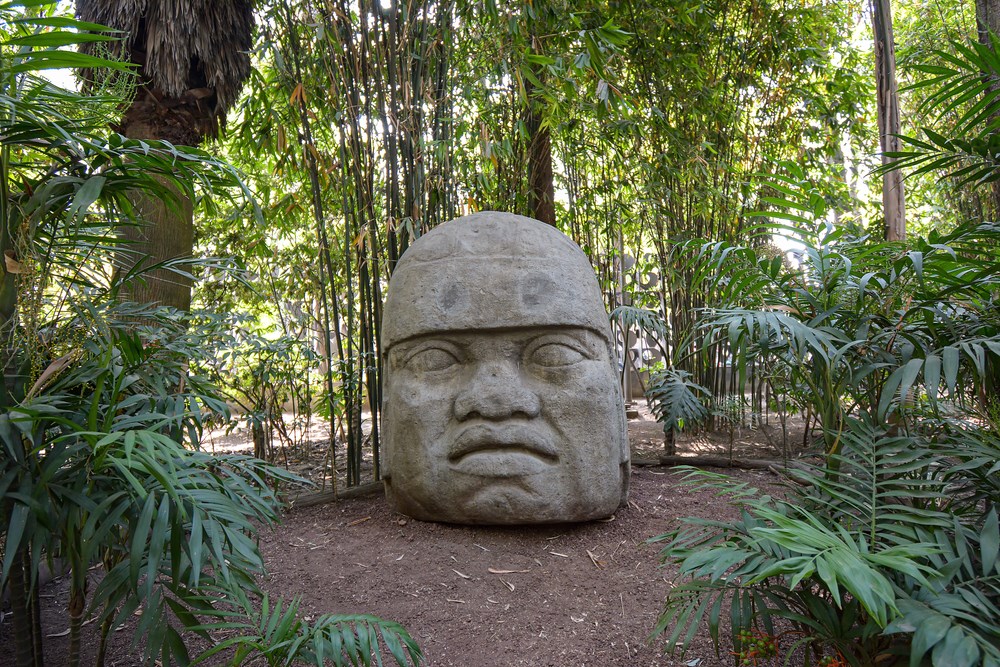
THE MAYA
The Maya were an extremely refined civilization: architecture, art, mathematics, astronomy and all ciences were studied by their Wisemen and transmitted to their descendants. Thanks to them today we are aware of the first writing system realized in the Pre-columbian Americas.
The Mayas developped between 750 and 500bC., in a vast area that includes the actual states of Guatemala, Belize, Honduras and part of Mexico and El Salvador. Here they established their major urban centres, which subsequently became true city-states, being the most important Tikal and Calakmul.
The King was considered a God, who could mediate between the world of gods and that of men. He had the power to transfer his powers to his firtborn male child, so as to create a strong, consolidate lineage.
Many are the buildings that have been left to witness the great knowledge that the Maya had on architecture, engineering and mathematics, being considered today as the most important monuments of Central America.
The year of the end of the Maya Civilization is 1521: the year of the first spanish landing. The Maya tried to resist, but the power of the weapons commanded by General Hernán Cortés was fatal to them. The war against Spain lasted until 1697, when the capital city, Itza Tayasal surrendered to Martin de Ursua’s attacks.
THE ZAPOTECAS
The Zapotecas lived in the Valley of Oaxaca, in present-day Western Mexico, during the V Century bC. and left as heritage a rudimentary alphabet, providing the basis for the creation of the Maya writing system.
Its end was declared with defeat during the war against the Aztecs, in 1497, just before the Aztecs surrendered to the spanish troops.
THE AZTECS
The Aztecs were the most prosperous civilization of all the Pre-columbians, coming from California to settle in Mexico in the 13th century. Unlike other civilizations, the Aztecs did not institute city-state government and did not exercise direct power in the conquered territories: their authority was exercised through tributes they asked to keep florid the government. Once conquered, the tribes paid what was asked of them and thus buying the protection of the government.
Many are the testimonies of this culture, be they architectural or historical: the Aztecs were famous for social division, school and military organization, the great ability to manage production and trade, the elegance of their costumes and the propensity to resort to human sacrifices to appease their gods.
The end of this extraordinary civilization was decreed by Hernán Cortés in 1521, when he conquered their capital city Tenochtitlan, killimg their King: Montezuma
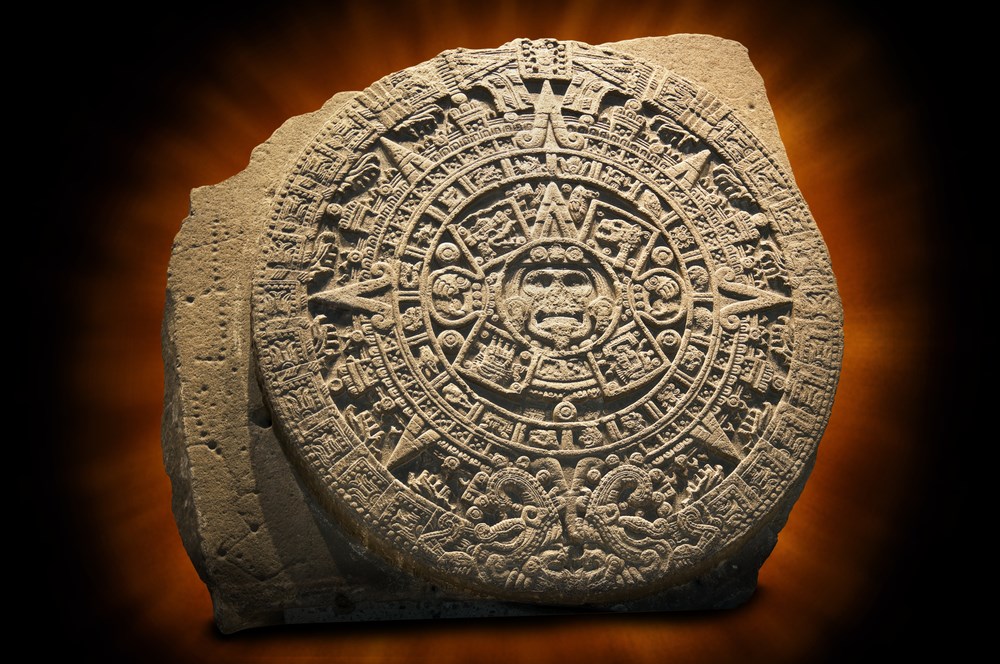
THE INCA
Another civilization of great historical importance was that of the Inca, who settled on the Andean plateau (present-day Peru) between the thirteenth and fifteenth centuries. No one knows exactly where they came from, nor how their language developed, unknown to those living around. Neither has archaeology been able to provide conclusive answers, so the study of its mythology.
The first settlements were developed in the Cuzco Valley. From here, through numerous wars against the surrounding villages, the Inca conquered the polical power of a great Empire, whose borders extended from Ecuador to Chile.
The most important testimony of the greatness of the Inca is the incredible road network from the north to the south of the Empire, to unify the territories and and facilitate trade: an engineering work that for extension and structural efficiency was comparable only with Romans one.
The main itineraries were two: one mountain and one coastal, united by linked to each other by minor roads so as not to leave anyone isolated: the main characteristics of these itineraries were the rest stops,railings at dangerous points, suspended bridges and a well maintained bottom.
The end of the Inca Empire came when in 1533 Francisco Pizarro conquered the capital, the famous Golden City.
